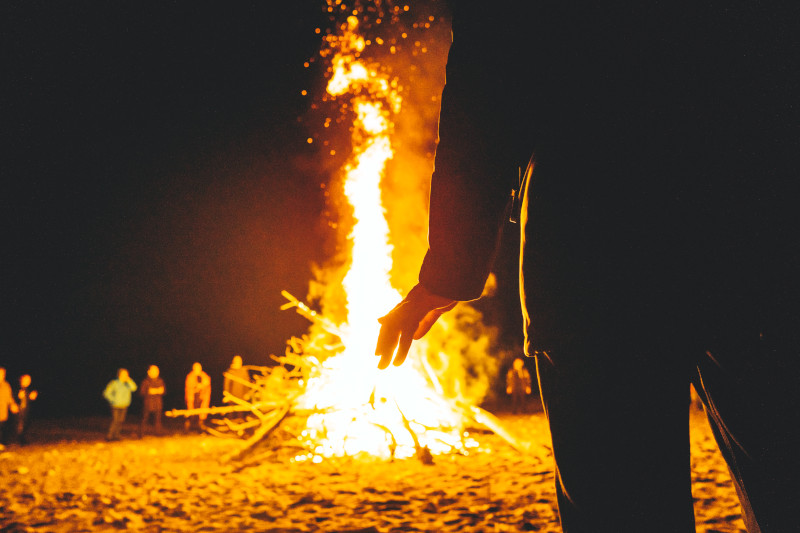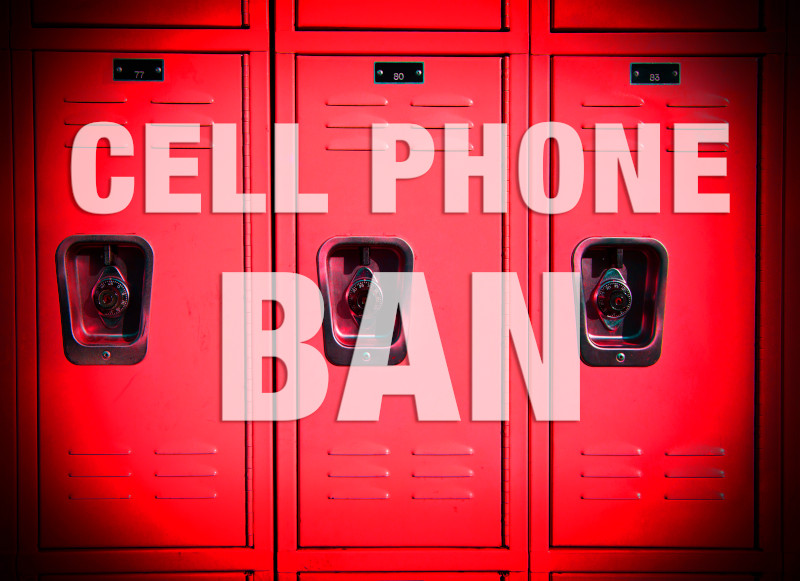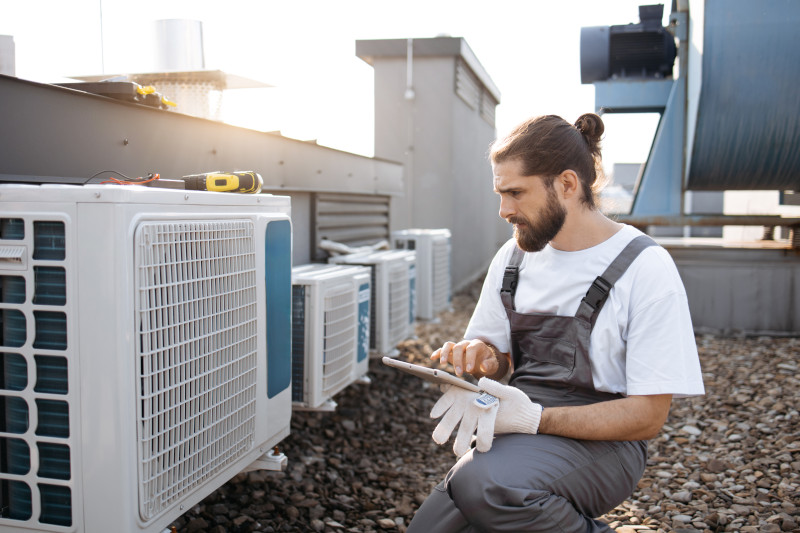Keep safety top of mind at school bonfires

Key takeaways:
- When schools are planning bonfires, they should take special care to find a location that is a safe distance from buildings, forested areas and artificial turf fields.
- The local fire department should always be involved and present for the duration of the event–this includes igniting, monitoring and extinguishing the fire.
- It’s important to assign staff members to perform crowd/traffic control at the event.
Ever since humans first discovered fire, we have enjoyed using it as a centerpiece for our festivities. In select school activities such as homecoming, back to school and other big celebrations, schools have hosted a bonfire to unify the community of students and staff.
While bonfires can be a lot of fun, they require significant planning to reduce the risk of property damage or injuries. CM Regent’s risk control team often receives queries about the best way to prepare for special events such as a bonfire. The following are some of the best practices for bonfire safety.
Planning the bonfire
Whether it’s a club, foundation or school administration planning the bonfire, they need to follow these protocols for planning:
- The bonfire should be approved as a school-sanctioned event in accordance with the school’s administrative and board policies.
- If the requesting group is not affiliated or if the bonfire is not a school-sanctioned event, the requesting entity should be required to complete and submit a Facility Use Request form in conjunction with the school’s Facility Use Request policy.
- The location for the fire should provide a safe distance from buildings, underground utilities such as gas lines or fuel storage, forested areas and artificial turf fields.
- They should conduct a pre-event walk-through to ensure everything is safe and in proper working condition.
Involvement of fire department
One nonnegotiable for any sort of public fire is bringing the local fire department on board. Firefighters should:
- Supervise, ignite and extinguish the fire – Even if a staff member has significant experience with building and managing fires, nothing replaces the expertise of a trained/certified firefighter. Additionally, the fire department has the resources and equipment to pivot if something goes wrong.
- Have the authority to postpone the bonfire based on weather conditions – No one wants to disappoint a crowd full of excited students. That’s why schools should have an impartial outside party (the fire department) that can make difficult decisions when weather is too dangerous for a large fire, such as in the case of high winds or drought conditions.
Crowd control and parking management
When a school is sponsoring a bonfire, crowd control is essential for protecting attendees from injury. Additionally, it should also be aware of its parking and traffic control constraints. A school should:
- Have staff ready to direct vehicular traffic and pedestrians. Even if there isn’t a lot of parking available in school or other lots, staff need to communicate with attendees where they can park on the street.
- Have contracted security or a police presence when a large crowd is expected.
- Provide high-visibility clothing to all on-duty staff members to increase visibility in low light conditions. In the event of an emergency, they will be the people to whom attendees look for help.
- Designate safe walking paths throughout the area, especially the path leading to/from the bonfire location.
- Assign staff members to guard the perimeter of the fire area so spectators don’t get too close. This includes during fire setup, while the event is going on, and while the fire is burning out.
Proper care for and disposal of ashes
When the bonfire has been completely extinguished, the sponsoring organization should:
- Allow ashes to cool for at least a week before cleaning up the site.
- Collect any nails or other hazards to prevent future injury during activities in the area where the fire took place. (Proper personal protective equipment should be worn during cleanup activities.)
- Avoid using combustible containers to transfer the ashes for disposal and identify a suitable location free of combustible materials such as dry leaves.
Because of the very nature of a bonfire, risk control planning is essential. The above suggestions will help schools avoid both injury and property damage.
Check out this article for more risk control tips for special events.
Q&A
Q: Why is planning important for a school bonfire?
A: Careful planning ensures the event follows school policies and takes place in a safe location away from hazards.
Q: What is the fire department’s role?
A: Firefighters oversee lighting, monitoring and extinguishing the fire and can postpone the event if conditions are unsafe.
Q: How should schools manage the crowd?
A: Staff should direct vehicular and pedestrian traffic, maintain clear walking paths and keep spectators at a safe distance.
Q: What needs to happen after the fire?
A: Ashes and coals must be completely extinguished before disposal, hazards like nails should be cleared, and all cleanup should be performed safely.




